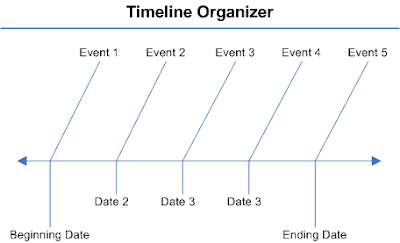Woman's Suffrage (19th Amendment)
Do Now:
- Please complete your assignment on www.noredink.com
- When you are done, please analyze the map below and answer the questions provided:
- What does the map identify?
- Why did so many states deny women the right to vote?
- Why was women's suffrage legal in some states and not others?
- What does the map identify?
- Why did so many states deny women the right to vote?
- Why was women's suffrage legal in some states and not others?
Essential Questions: Just think about these throughout the lesson...
· Why did so many states deny women the right to vote? Why was
women’s suffrage legal in some states?
· What strategies did women use to win the right to vote?
Which were most successful? What made them successful?
· What role did state governments play in extending voting
rights to women? What role did the federal government play?
19th Amendment: The
right of citizens of the United States to vote shall not be denied or abridged by the United States or by any state on account of sex.Congress shall have power to enforce this article by appropriate legislation.
A Brief Context to Woman's Suffrage:
In
1920, the passage of the Nineteenth Amendment to the Constitution ended
seventy-two years of active struggle to gain the right to vote for women. As
this long struggle came to a close, suffragists' efforts concentrated on the
passage of a constitutional amendment. Many states had already adopted woman
suffrage, but state-by-state campaigns were costly and their outcomes uncertain
(especially in the South—political leaders there remembered the pre-Civil War
alliance between abolitionists and supporters of women’s rights and they feared
that voting rights for women might force them to lose the ground they had
gained in restricting voting rights of blacks). Suffragists agreed on the
necessity of a federal approach to extend suffrage to women throughout the
nation.
Primary Source Reading: Please read and outline the passage below and answer the questions provided.
Ernestine Rose's speech at the Women's Rights Convention Worcester, Massachusetts in October 15, 1851
- Who is Ernestine Rose and what is her mission?
- In the first paragraph, Ms. Rose discusses losing her identity, explain how she may have felt this way?
- In the thrird paragraph, Ms. Rose talks about a criminal incident. Why does she bring up this event in her speech, and how does it support her point that she is trying to make?
- How is the Womans Suffrage (19th Amendment) movement similar to the plight of African Americans (15th Amendment)?
Political Cartoon Analyzation:
- What is going on in this picture? Who, what , where, and why?
- What is ironic about this cartoon?
Exit Ticket: Please post your response to the questions on www.edmodo.com
- What is the role of the federal
government in expanding woman's right to vote?
- How has the 19th Amendment
affected the course of history?
- Why
was voting restricted to just men after the 14th Amendment?
- The
word suffrage means?
- Why was this not a part of the
original Constitution?
- What is the role of the federal
government in expanding woman's right to vote?
When you are done with everything:












